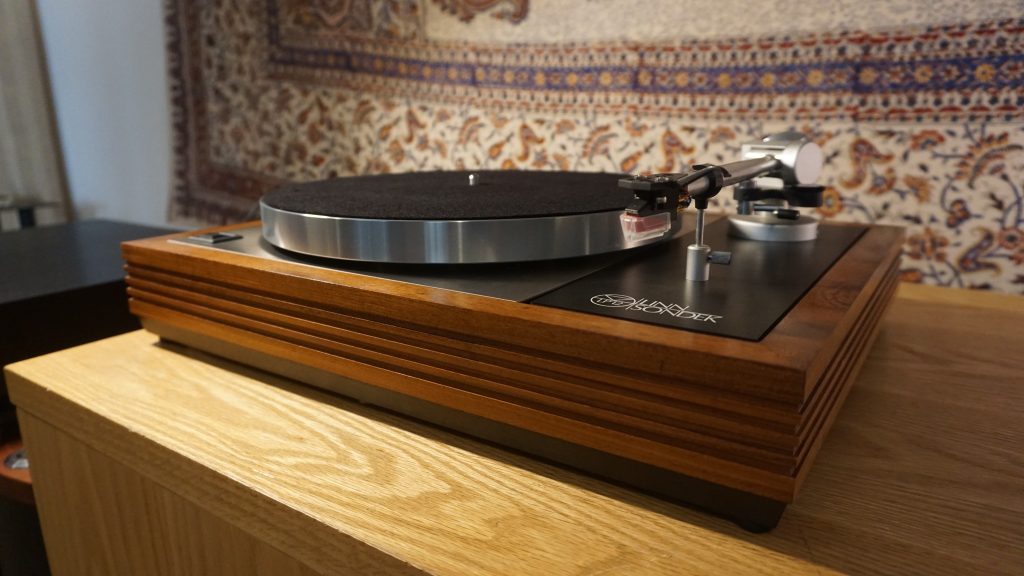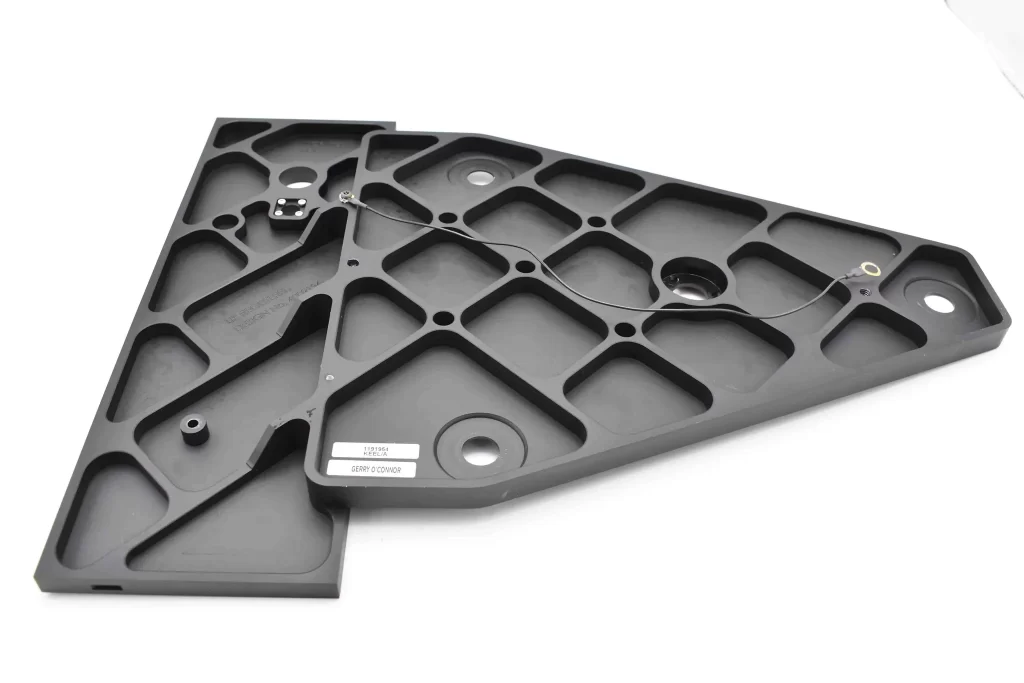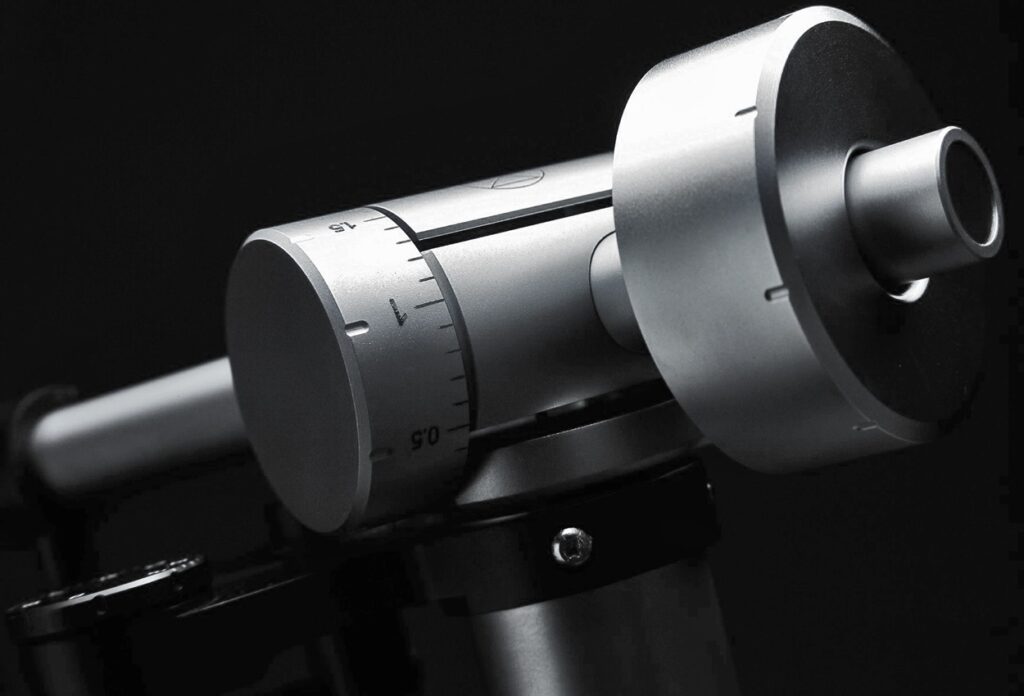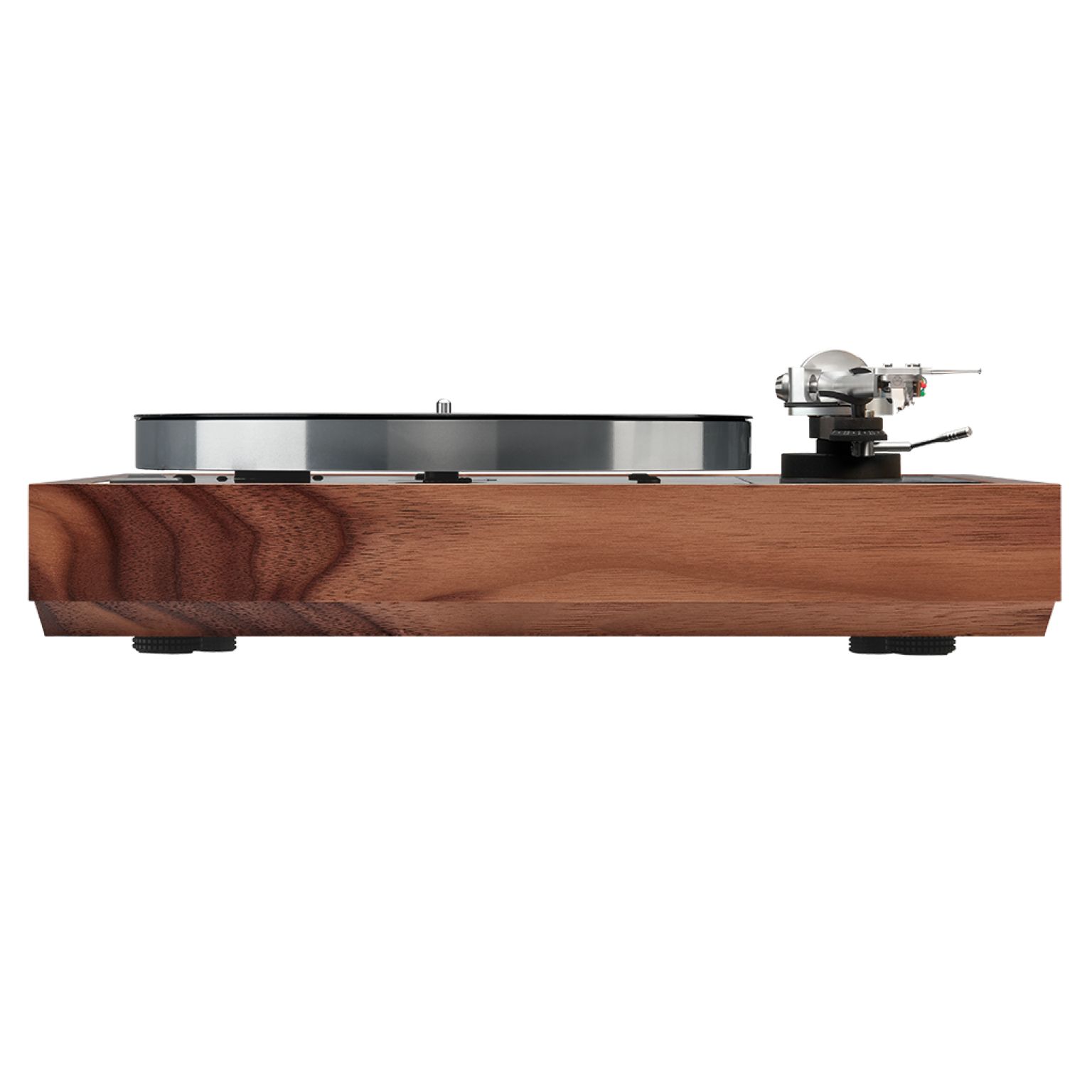A little clarity (we hope)
Hopefully this will help explain LP12 matters and the upgrade path. It isn't encyclopedic but it should help those interested.
Where to start in the History of the LP12 and the ensuing upgrade path that makes the most sense in terms of performance?

Suffice to say that whilst the turntable looks the same; it has undergone dramatic improvements that have pretty much covered every component. This is testament to the fact that it is a good design and always has been. It is also testament to Linn’s desire to continue to invest and to offer the ensuing improved parts to their existing owners and customers. This really does include every nut and bolt as Linn researched better ways to do things.
I’d stress that this isn’t to say the upgrades “need” to be done. Even old decks continue to run and sound good and are built to last a lifetime. But the performance ceiling has lifted dramatically and Linn chose to allow this to be available to every LP12 owner should they so wish.
All that is required is the retailer to rebuild the turntable to the customer's spec. I’ve mentioned this before and there has been some surprise. Linn ship everything to us in parts and we assemble and set up the record player to meet the customers requirements and budget. The training and experience is what makes us ideally placed to do this. Linn never supply assembled turntables because they are far more fragile and hard to ship once assembled. The tonearm bearing in particular can be easily damaged by couriers.

The LP12 was the child of Ivor Tiefenbrun. He worked for Ariston but in his own time developed and patented a new bearing. He used his fathers engineering company to do this and the results were extremely impressive. So much so that he decided to form his own company and go into production; the LP12 was born. It was loosely based on the turntables of the time.
Ivor put the 1st LP12 in his car and went round the UK looking for retailers to impress. It is clear that he found plenty. The rest is history.
The LP12 is a picture frame. On top of it is the top plate. Underneath it is the bottom board and feet. The power supply, suspension and subchassis are in between. It uses a floating suspension (hung from the top plate by springs). This was common and proven tech by earlier designs like Ariston, Thorens, Acoustic Research and others. The suspension carries the main bearing, inner, platter and the tonearm. The suspension allows this to be isolated from the motor and this is helped by the use of a high quality rubber drive belt. The motor is fixed to the top plate.
This design has essentially been honed and improved but has also remained constant and is the same today. Each component however has been improved, refined, braced and re-engineered. All of this was made possible by continuous investment in R&D. Even when the turntable went into declining sales the investment continued. Now it accounts for 50% of product development. Linn continues to develop upgrades and new products for the LP12.
The LP12 can be broken into a number of components which help understand the upgrade path.
1 Motor Unit.
This is the turntable itself. Plinth and motor, subchassis, suspension and armboard. And the power supply for it.
2 Tonearm
The arm mounted onto the turntable
3 Cartridge
The cartridge fitted into the tonearm.
This hierarchy went against the grain of the day. It used to be all about the cartridge. Perhaps because that was the bit that “read” the groove. But far more important is the method by which the record is turned and presented to the groove and what the cartridge is mounted too.
Turntable/Motor Unit
The motor unit would appear to be one part. But in fact it is the sum of many parts. It contains;
Plinth
Top plate
Armboard
Karousel Bearing (the 4th incarnation of the Linn bearing)
Brace/power supply mount
Motor (3 current versions - see power supply)
Subchassis (3 current versions)
Power supply (3 current versions)
Base (3 current versions)
Motor
There is a standard motor which is driven by the Majik power supply. It can also be driven by the Valhalla, the Minos and the Vinyl Passion (non Linn) and the external Lingo power supply. This is a stand alone box which offers better performance and also offers 45 rpm. There are three versions of the Lingo which can drive this motor. Lingo 1, 2 and 3.
Lingo 4 uses a new high quality AC motor which is higher spec than the standard one.
Radikal 2 uses a new high quality DC motor and a new external power supply.
Subchassis

There are three subchassis;
Majik subchassis with screw on laminated armboard
Kore subchassis featuring fixed metal armboard
Keel subchasis milled from single billet aluminium and to include armboard AND arm mounting collar.
Kore and Keel offer increased rigidity.
Base
The three bases are;
Standard metal
Trampolinn - as above with adjustable compliant feet.
Urika is a Trampolinn with a very high quality MC phono stage built into the base. It is powered by the Radikal 2.
Tonearm
Krane tonearm
Arko tonearm NEW.
Ekos SE tonearm
Cartridge
Adikt MM
Kendo MC
Krystal MC
Kandid MC
Katalyst MC

Upgrading
There’s no one size fits all. However there are various degrees of improvement and some are bigger than others. And we have learned what gives the best return and the most consistent improvements.
With this in mind we’d always suggest motor unit 1st. LINN has always maintained that improvements that are mechanical make the biggest difference.
That means the plinth, the main bearing and the subchassis.
More recent plinths are braced in the corners. They also have an additional fitting for the top plate. When we service older decks we brace them to improve their rigidity. This makes a surprising amount of difference and makes the upgrades more audible.
There have been four or five main bearings. Linn used to make improvements to them as they discovered new materials and invested in new tooling. But for the sake of the argument there’s the 1st bearing (with a few incarnations), the Cirkus bearing and finally the Karousel. They’re all good bearings. They’re all high tolerance and they’ll all last a lifetime. But the differences between them is both clear and audible. Each bearing upgrade will come with a new inner-platter and spindle to match the higher tolerances.
Subchassis
Initially these were spot welded. Then they got a bit thicker, then they started to glue to dampen the metal and stop it resonating. Finally they changed the design completely and produced what is now the Majik Subchassis.
Linn then developed two higher performance subchassis. These were designed to carry their better arm and cartridge combinations.
The Keel is their best subchassis and it is milled from a single piece of aluminium. It is very expensive so Linn produced the Kore which is similar but less costly to produce. It is perhaps 90% of the performance of the Keel. Both Keel and Kore integrate the armboard into the design which increases rigidity further.
These modifications are the 1st thing we recommend. We feel these make the greatest difference in terms of performance and value for money although in terms of the Keel you have to take the turntable a long way before you truly get the extra mileage out of it (compared to Kore).
Electrical Improvements
These are the next upgrade to invest in.
Basik, Lingo 4 and Dynamik 2 are the three power supplies on offer. The second two offer both 33 and 45 rpm. Lingo 4 and Dynamik also require a new motor which is included in the price and is fitted at the same time. Better motor/power supplies offer greater pitch accuracy and generate less noise to get back into the playback system.q
Linn have made other power supplies in the past. Because Linn stuff is well made they’re worthy of consideration as second hand purchases. They will save you a lot of money and can easily be serviced and go on to live long and productive lives. These are;
Valhalla
Lingo 1, 2 and 3.
There have also been some non-Linn power supplies designed. Of these we find the Vinyl Passion superb. It offers improvements over the Valhalla and also offers twin speed.
Tonearm
Krane, Akito and Ekos SE currently. Older or used Linn arms offer good purchases provided the bearings are OK. This is most likely to affect the Akito as it is made of a softer alloy. It can be fixed but it isn’t cheap. The star of the show is the Ittok and earlier incarnations of the Ekos.
Other arms are of course available. Some work very well on the Sondek and some less well. We can discuss this with you should you wish to consider an alternative.
Cartridges
Current range is Adikt MM, Kendo, Krystal, Kandid and Katalyst all MC’s.
Lots of other cartridges work very well with Linn. Here are a few;
Audio Technica
Dynavector
HANA
Higher end Ortofon
Lyra
To try and simplify the options that exist with the Sondek Linn have created three models of versions. Each offers a high level of performance.
Majik LP12
Karousel
Majik power supply and subchassis
Krane arm
Adikt MM cartridge
Selekt LP12
Karousel
Kore Subchassis
Lingo 4 power supply
Arko arm
Krystal MC cartridge
Trampolinn Base
Klimax LP12
Karousel
Keel Subchassis
Radikal 2 power supply
Ekos SE
Katalyst MC Cartridge
Urika phono stage built into the base.
To Conclude
We can help you with every stage of your relationship with the LP12. Talk to us about servicing, upgrading and we'll find the best way to move things forward for you.
